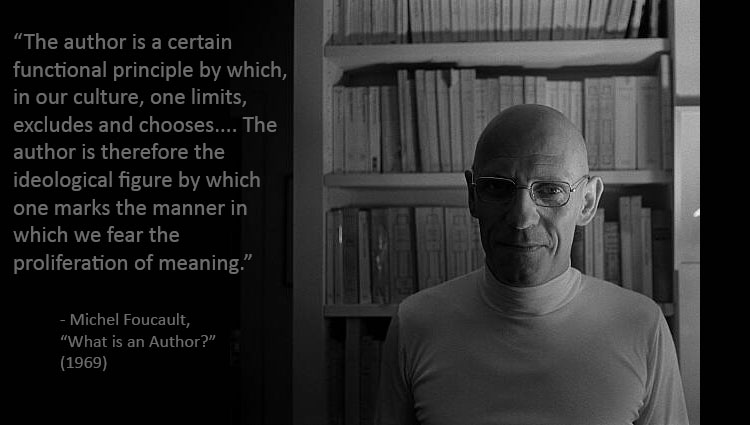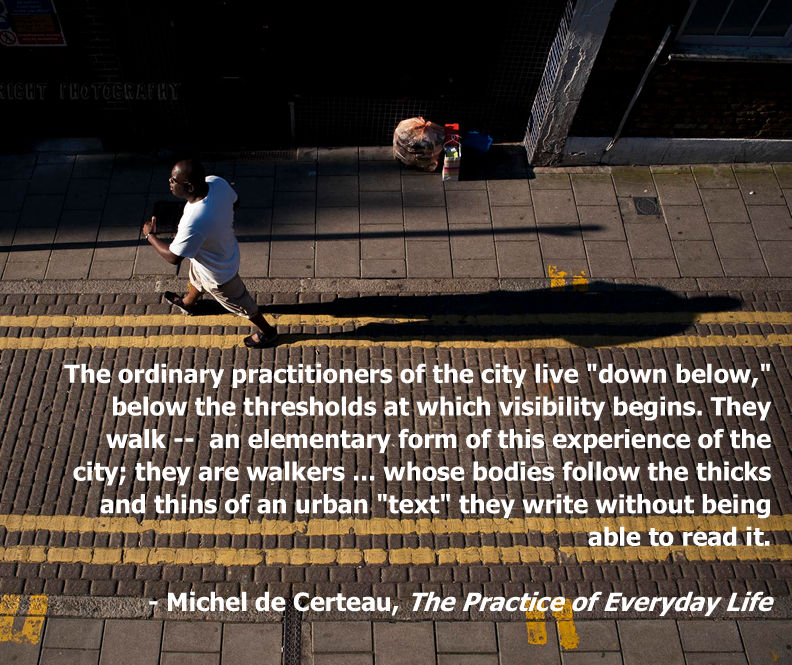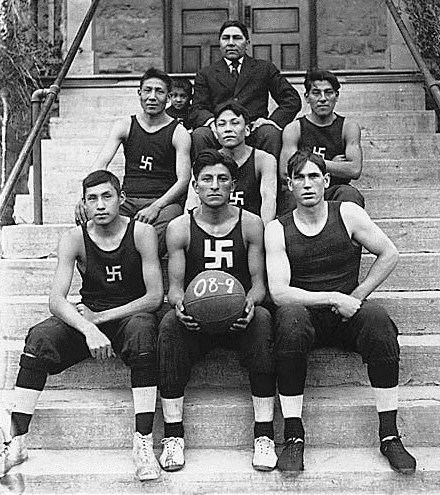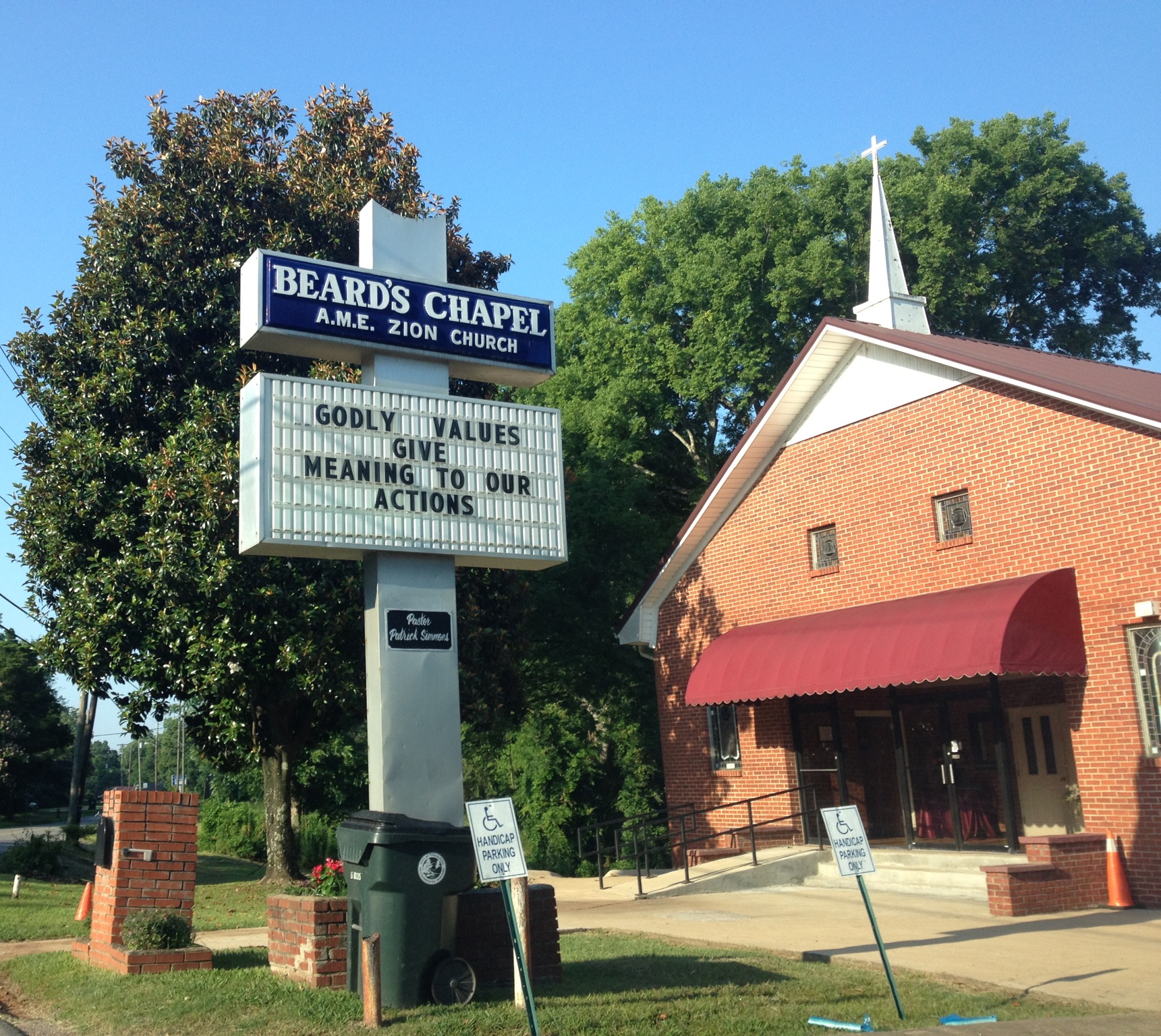 Read more.
Read more.
On Authorship
 Read more.
Read more.
On Insiders
 Read more (PDF).
Read more (PDF).
Show and Tell
 A post on the Facebook page for the British Association for the Study of Religions (BASR) recently caught my eye; it announced a session at the upcoming conference of the European Association for the Study of Religions and read, in part, as follows: Continue reading “Show and Tell”
A post on the Facebook page for the British Association for the Study of Religions (BASR) recently caught my eye; it announced a session at the upcoming conference of the European Association for the Study of Religions and read, in part, as follows: Continue reading “Show and Tell”
Finding the Edges of a World Without End

If my previous post made any sense then scholars ought to cease looking for meaning, identity, or significance in the objects studied (like the holiness of the altar or debating which Muslim is the proper sort of Muslim). Rather than doing interpretive, let alone normative, studies we’ll instead examine the usually taken-for-granted systems that groups of people use to make sense of their world–to make the world as it happens to be into a manageable world that, if done “properly,” more than likely appears to all of us as if it always has been that way and therefore ought to continue being that way. Continue reading “Finding the Edges of a World Without End”
You Made Me What I Am Today
 National Public Radio’s science correspondent, Shankar Vedantam, reported yesterday on some empirical research on the effects of people doing those patterned and repetitive, rule governed behaviors that we call rituals.
National Public Radio’s science correspondent, Shankar Vedantam, reported yesterday on some empirical research on the effects of people doing those patterned and repetitive, rule governed behaviors that we call rituals.
You can listen to the story here.
The punchline is that, according to researchers at the Harvard Business School (hardly the only place doing empirical, experimental research on ritual, of course), rituals like singing “Happy Birthday to You” and blowing out candles on the cake prompt people to report that, when they later eat it, the cake is more satisfying and tastes better (and that they’re even willing to pay more for it). As Vedantam sums up the findings: “Rituals seem to increase anticipation and make people more mindful of what they were eating. Performing a ritual before you eat a carrot apparently makes the carrot more tasty than it was before.” Continue reading “You Made Me What I Am Today”
Changing Symbols and the Swastika

Symbols serve as a significant way to express identity within society. Crosses generally identify someone as a Christian, a hammer and sickle as a communist, and black and white houndstooth as a University of Alabama fan. Of course, that simple equation provides an arena for significant competition about exactly which symbol represents which ideas. The apparent incongruency of Native Americans wearing swastikas on their basketball uniforms (Chilocco Indian Agricultural School in Oklahoma, 1908) derives from the assumption that symbols have a defined meaning. As with identity labels generally, the meanings of symbols like the swastika shift over time, and seldom does a symbol have only one meaning.
The Yoga of Definition
 So writes Jonathan Z. Smith in his article, “Religion, Religions, Religious,” in Mark Taylor’s well-known edited book, Critical Terms for Religious Studies (1998). Because most scholars presume (mistakenly, I think) religion to exist prior to, and outside of, their studies of it, few understand their definitions to be stipulative–specifying the limits of the object in advance, e.g., “For the purposes of this study, religion is defined as…” Instead, definitions are most often assumed merely to describe, after careful observation, the limits of an already established item in the world that we, as scholars, have somehow just stumbled upon. Continue reading “The Yoga of Definition”
So writes Jonathan Z. Smith in his article, “Religion, Religions, Religious,” in Mark Taylor’s well-known edited book, Critical Terms for Religious Studies (1998). Because most scholars presume (mistakenly, I think) religion to exist prior to, and outside of, their studies of it, few understand their definitions to be stipulative–specifying the limits of the object in advance, e.g., “For the purposes of this study, religion is defined as…” Instead, definitions are most often assumed merely to describe, after careful observation, the limits of an already established item in the world that we, as scholars, have somehow just stumbled upon. Continue reading “The Yoga of Definition”

 It’s sort of interesting to see how an apparently counter-intuitive model of identity uncontroversially (and probably unintentionally) finds its way into everyday life.
It’s sort of interesting to see how an apparently counter-intuitive model of identity uncontroversially (and probably unintentionally) finds its way into everyday life.